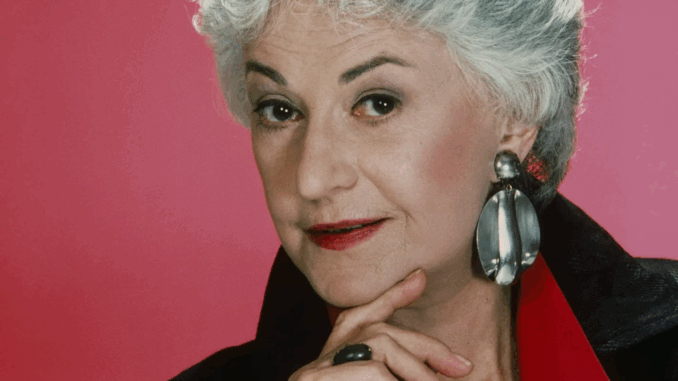
Bea Arthur may be best known for her iconic role as Dorothy Zbornak on The Golden Girls, but her remarkable career did not end when the beloved sitcom concluded in 1992. Instead, Arthur entered a bold new phase of her professional life—one that showcased her versatility, fearlessness, and enduring impact on both stage and screen.
Far from stepping away from the spotlight, Bea Arthur embraced opportunities to expand her artistic range, returning to Broadway, making sharp television appearances, and becoming a powerful advocate for causes she believed in. Her post-Golden Girls journey reveals a woman who refused to be defined by a single role and who used her fame to make a difference.
In this article, we explore how Bea Arthur transformed her legacy after Dorothy Zbornak, proving that true icons never fade—they evolve.
Contents
- Bea Arthur After The Golden Girls – Reinvention Through Risk and Resilience
- Television Appearances – Cameos and Cultural Commentary
- Bea Arthur on Broadway – The Magic of “Bea Arthur on Broadway: Just Between Friends”
- Political Activism and Animal Rights – A Legacy Beyond Entertainment
- Final Years and Lasting Impact
- Bea Arthur’s Timeless Appeal
- Conclusion
Bea Arthur After The Golden Girls – Reinvention Through Risk and Resilience
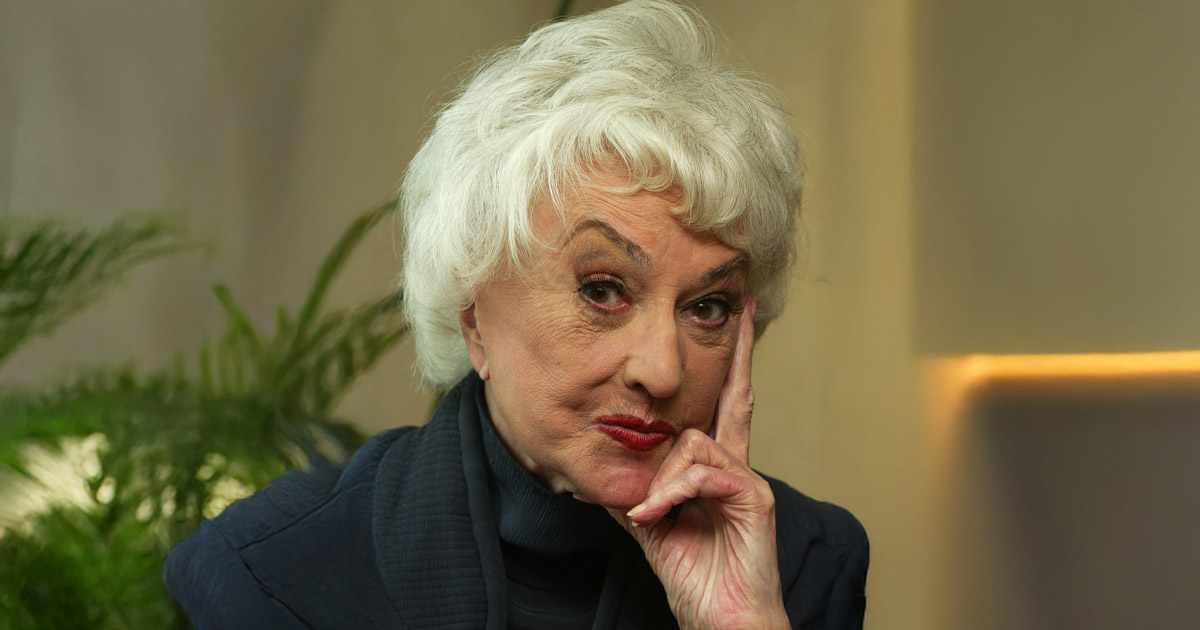
Although The Golden Girls was a critical and commercial triumph, Bea Arthur was never content to rest on past laurels. When she decided to leave the series in 1992, it wasn’t due to a lack of interest or waning popularity—it was because she felt the story had run its course. This brave move marked a pivotal transition point in her career.
Rather than step away from the spotlight, Arthur took bold steps toward new creative territories. She made guest appearances on various television shows, returned to the stage, and even headlined her own one-woman Broadway show. In doing so, she not only maintained her visibility but expanded her legacy beyond the confines of sitcom stardom.
Television Appearances – Cameos and Cultural Commentary
Following her departure from The Golden Girls, Arthur appeared in several prominent television roles, sometimes poking fun at her established persona. Notably, she guest-starred on shows such as Malcolm in the Middle and Curb Your Enthusiasm, using her commanding voice and signature deadpan delivery to steal every scene she was in.
These appearances showcased her self-awareness and comedic versatility. Arthur was never afraid to play the “straight man” or lean into her image as a brash, no-nonsense matriarch—because she knew how to subvert expectations and make even the smallest role memorable. Her presence brought gravitas to humor, proving that aging didn’t equate to irrelevance in the fast-moving world of television.
Bea Arthur on Broadway – The Magic of “Bea Arthur on Broadway: Just Between Friends”
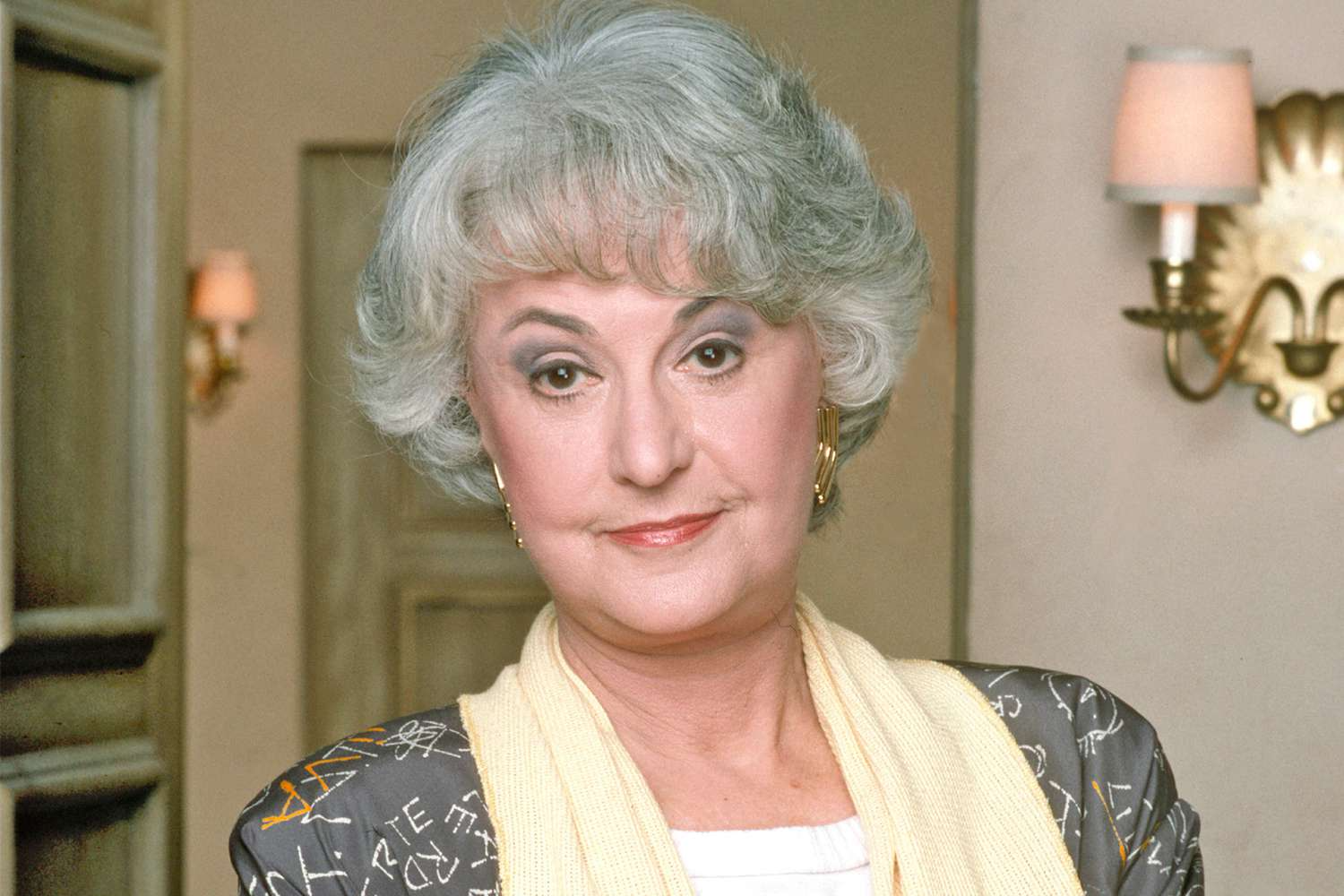
Perhaps one of the most remarkable chapters of Bea Arthur’s post-Golden Girls career was her return to the theater. In 2002, she launched Bea Arthur on Broadway: Just Between Friends, a one-woman show that was part memoir, part cabaret, and completely Bea.
The production offered audiences an intimate glimpse into Arthur’s personal life, her struggles as a woman in show business, and the music that shaped her soul. Accompanied by pianist Billy Goldenberg, Arthur performed songs by composers like Kurt Weill and Stephen Sondheim, interspersed with anecdotes from her time on stage and screen.
The show was met with critical acclaim and earned her a Tony Award nomination for Best Special Theatrical Event. More than just a retrospective, it was a declaration: Bea Arthur was not just a TV icon—she was a multi-talented performer with range, depth, and enduring magnetism.
Political Activism and Animal Rights – A Legacy Beyond Entertainment
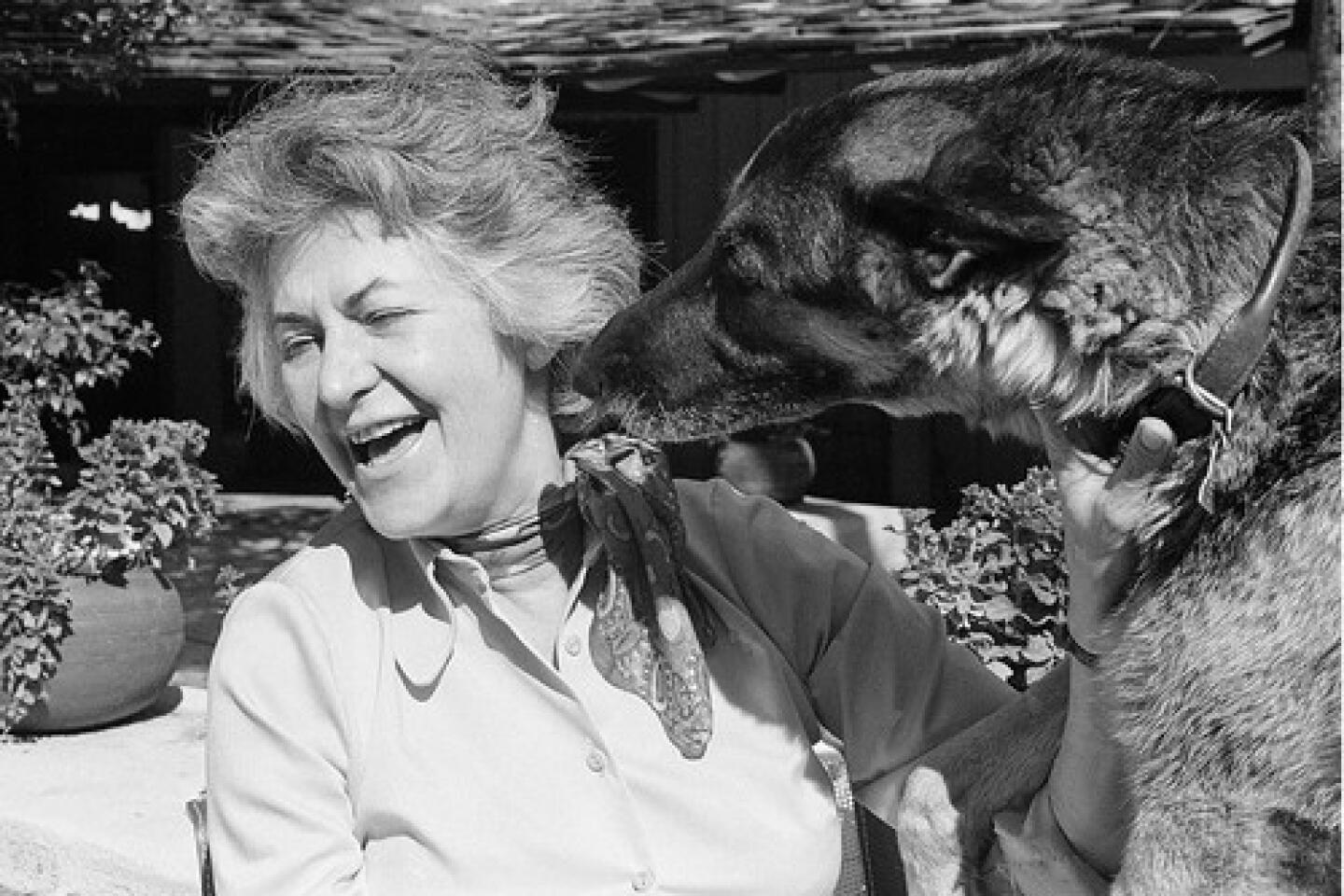
Bea Arthur’s post-television career wasn’t limited to the arts. A lifelong advocate for progressive causes, she increasingly used her voice and influence to promote change. Arthur was a vocal supporter of LGBTQ+ rights, long before it became common for celebrities to do so. She regularly participated in fundraising events for AIDS research and was an early ally of the Human Rights Campaign.
One of her most enduring philanthropic commitments was to the welfare of homeless LGBTQ+ youth. In fact, after her passing, the Ali Forney Center in New York received a $300,000 donation from her estate—funds that helped open the “Bea Arthur Residence,” a shelter dedicated to providing safe housing and resources for at-risk LGBTQ+ young people.
She was also an avid animal rights advocate and supporter of People for the Ethical Treatment of Animals (PETA). Her deep compassion extended far beyond her comedic roles, revealing a woman of fierce integrity and empathy.
Final Years and Lasting Impact
Though Arthur officially retired from acting in the mid-2000s, her influence remained pervasive. She made her last television appearance in 2005 on an episode of the animated series Futurama, where she voiced the character of the “Femputer,” delighting fans with her unmistakable voice and wit.
Bea Arthur passed away in 2009 at the age of 86 after a battle with cancer, but her legacy continues to inspire new generations of actors, writers, and activists. She was posthumously inducted into the Television Hall of Fame and honored with tributes by countless peers in the industry.
Her performances on Maude and The Golden Girls remain cultural milestones, but her work beyond those series revealed even greater complexity. Whether commanding a Broadway stage or raising awareness for vulnerable communities, Arthur demonstrated the power of reinvention and the importance of using fame to serve a greater good.
Bea Arthur’s Timeless Appeal
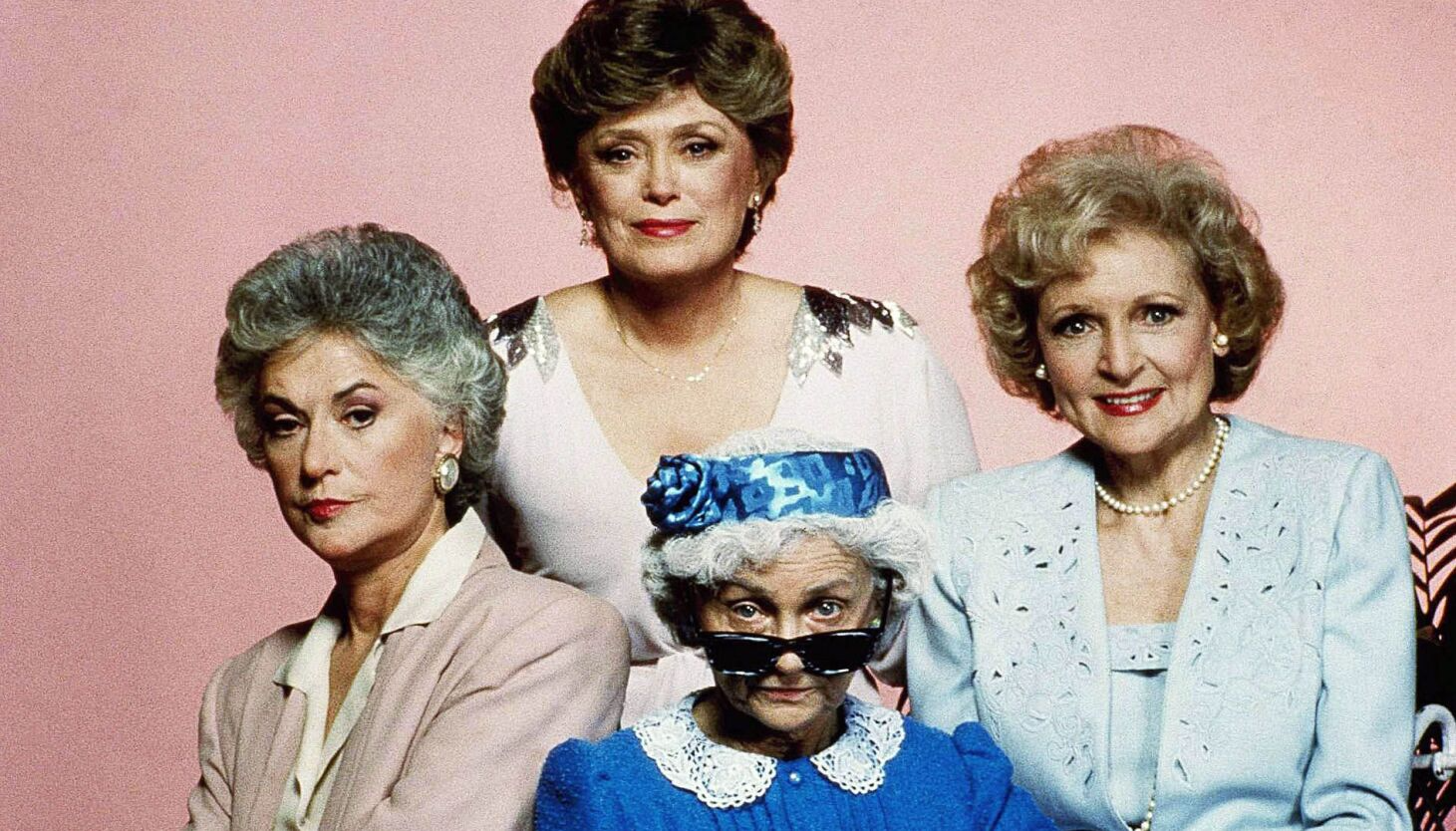
What makes Bea Arthur truly special is that she never fit neatly into any mold. She was tall, commanding, and possessed a voice that could silence a room—but beneath her sharp sarcasm was a deep well of compassion and vulnerability. Her refusal to conform to Hollywood norms allowed her to build a career that spanned decades and challenged societal expectations around age, gender, and visibility.
In many ways, Arthur’s post-Golden Girls journey redefined what it meant to be a “retired” actress. While many stars quietly fade from view, she leveraged her platform to explore new creative challenges and support meaningful causes. For her, retirement meant evolution—not retreat.
Her presence continues to resonate in modern television, where strong female leads like Leslie Knope (Parks and Recreation), Moira Rose (Schitt’s Creek), and Rebecca Pearson (This Is Us) carry forward the torch of complexity, intelligence, and unapologetic individuality.
Conclusion
Bea Arthur may have begun her mainstream cultural ascent as Dorothy Zbornak, but her post-Golden Girls career affirmed her as far more than a sitcom star. Through bold theatrical performances, self-aware television cameos, and unwavering advocacy, she transformed into an enduring symbol of resilience, intelligence, and social consciousness.
Her legacy reminds us that true artistry doesn’t age—it adapts, evolves, and inspires. Bea Arthur wasn’t just golden—she was platinum. And her brilliance continues to shine.
See more at KpopAll and fanpage Golden Girls, Golden Girls.

Leave a Reply